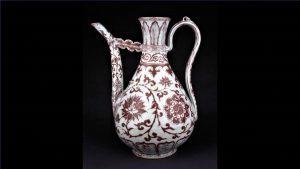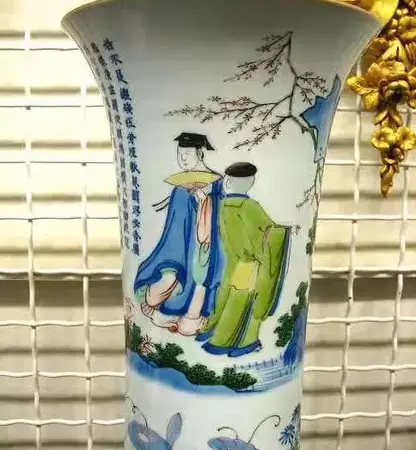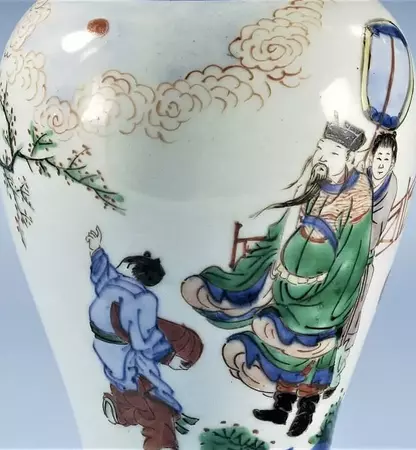On the seventh day of the seventh month of the lunar Chinese year, young men and women will celebrate their traditional ‘Valentine’s Day’, Qixi Festival (七夕节). The custom can be traced back to an ancient story about a weaver girl and a cowherd:
Once upon a time, one of the daughters of the Lord of the Heaven lived on the east side of the Milky Way and she worked by the loom day in and day out, weaving fabrics as light as cloud for fairies, thus known as the ‘Weaving Maiden (织女 zhi nv)’. Later, her father allowed her to be married to the ‘Herd Boy (牛郎 niu lang)’ living across the Milky Way. But her father got angry with her because he thought she neglected her weaving duty after the marriage and summoned her back to the east side of the Milky Way, allowing her to reunite with her husband only once a year on the seventh day of the seventh month of the traditional Chinese year. In order to help the maiden to reach the other side of the Milky Way, flocks of magpies would have an annual gathering on that day to form a bridge.
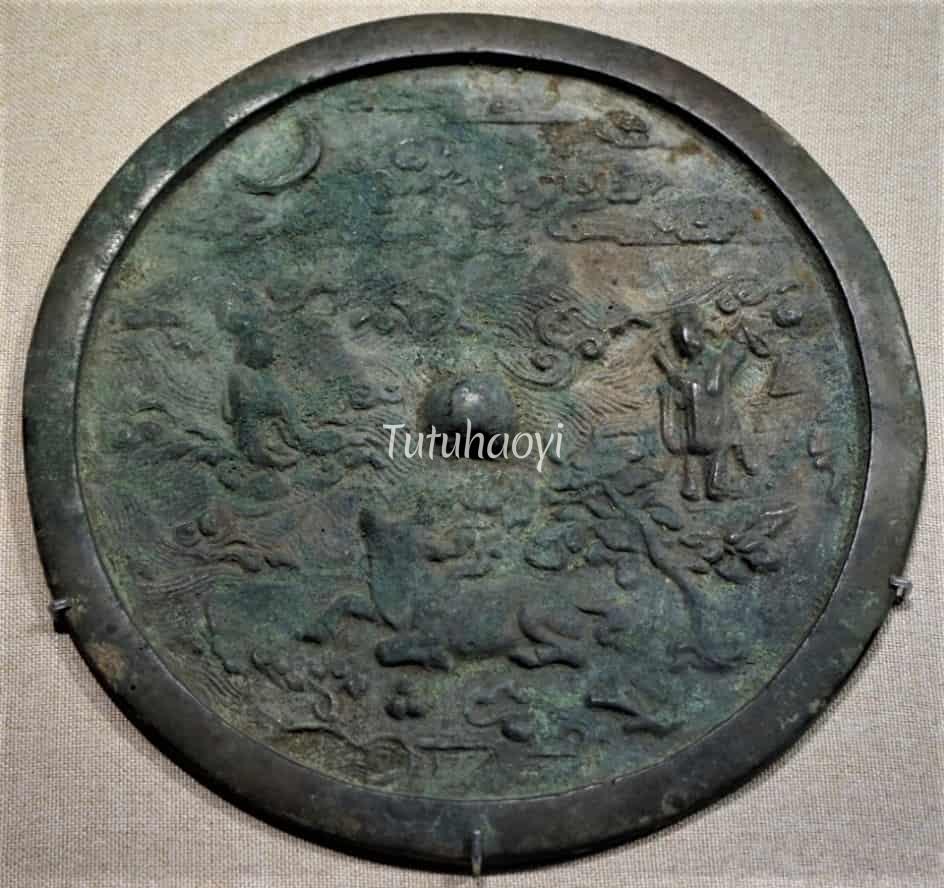

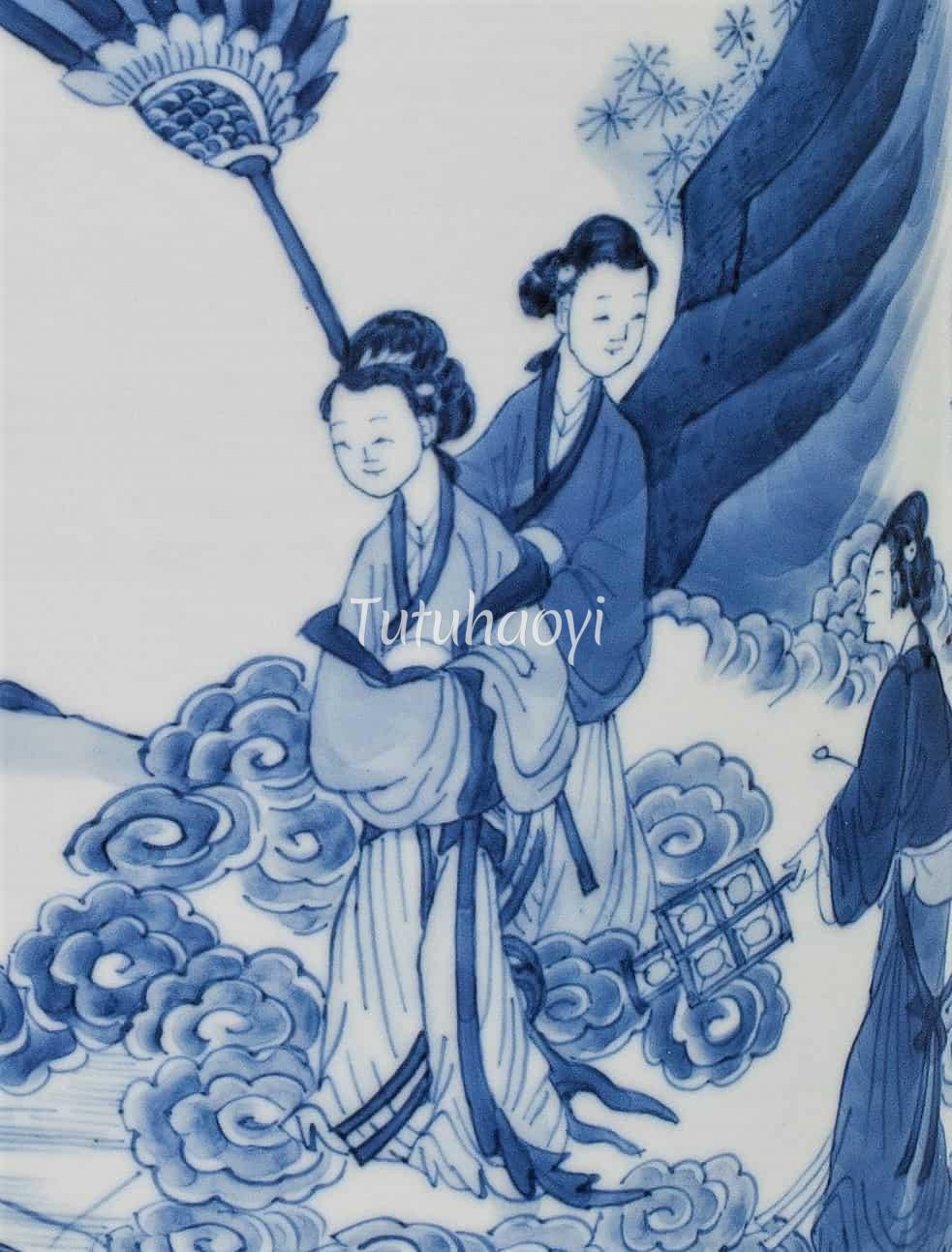
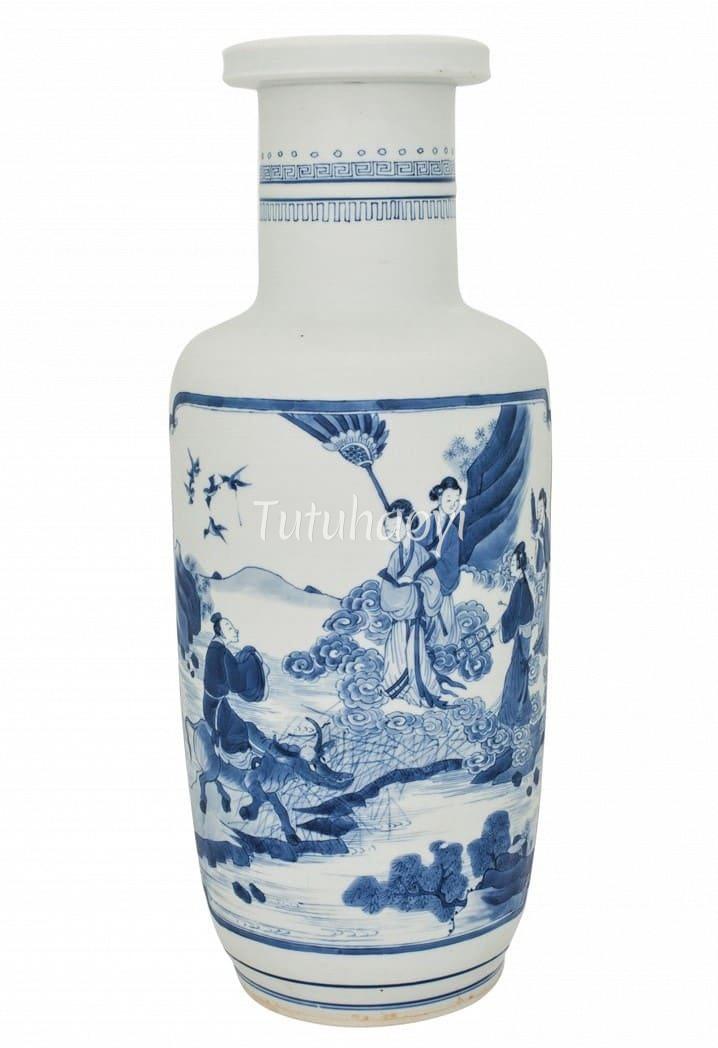
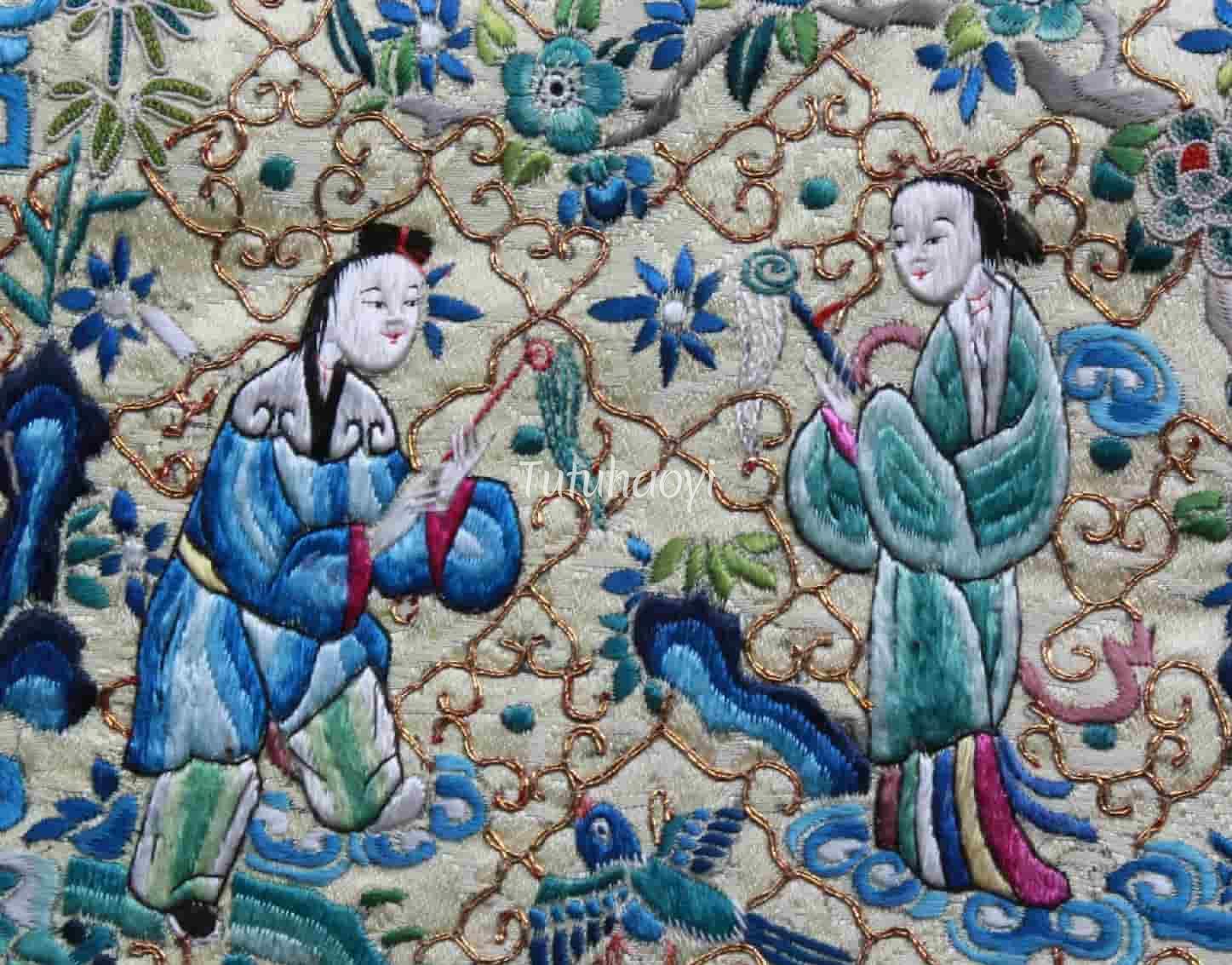
In the heart of the Chinese people, the story of the Weaving Maiden and Herd Boy has epitomised as a symbol for lovers separated by various kinds of obstacles and their longing of reunion.
In the Qing Palace Archives, there is a record written during the eighth year of the Qianlong reign (1742), which specifies that a ceremonial porcelain piece with a specific design is to be created for use on the seventh day of the seventh month of the traditional Chinese year. The bowl should be marked on the base with the four characters ‘鹊桥仙渡 que qiao xian du’, which means “Immortals crossing the Magpie Bridge”. Both the court and the masses celebrate the festival which commemorate the annual reunion of a couple who are separated by force. However, sublime poetry has been written by a famous Chinese poet Qin Guan (秦观, 1049 – c.1100) in Song dynasty to make all the ordeals worthwhile:
When Autumn’s Golden Wind embraces Dew of Jade,
The nova makes all the mortal love scenes fade!
(金风玉露一相逢,便胜却人间无数)
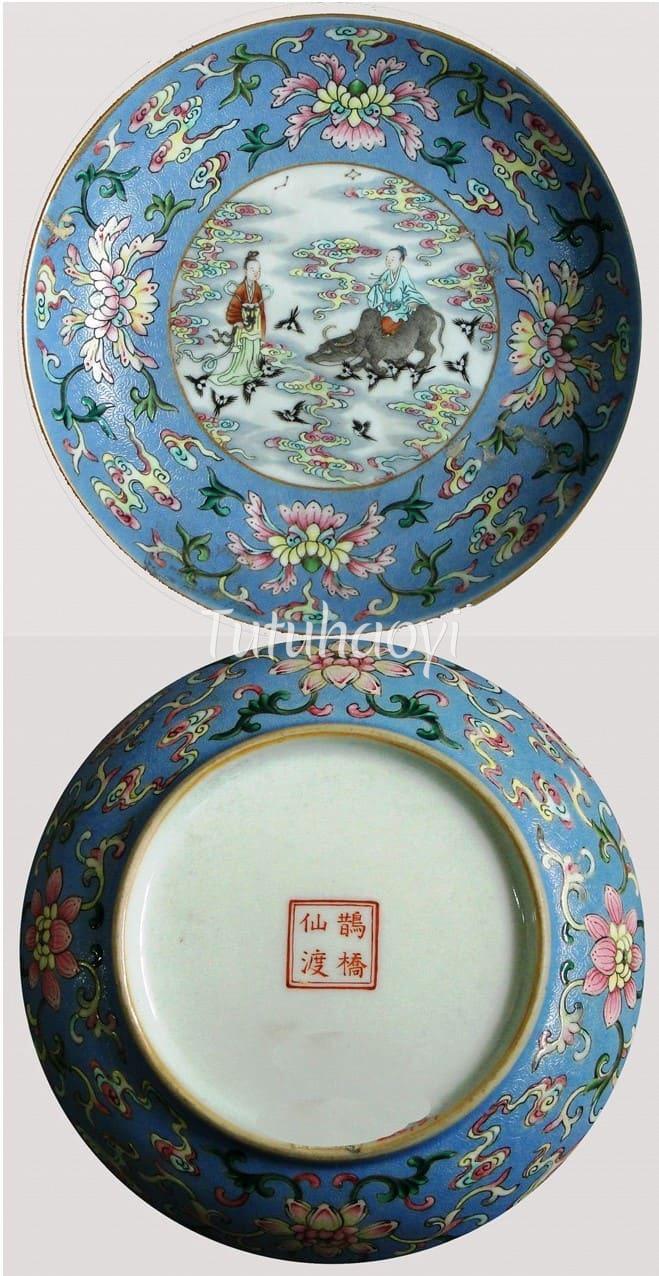

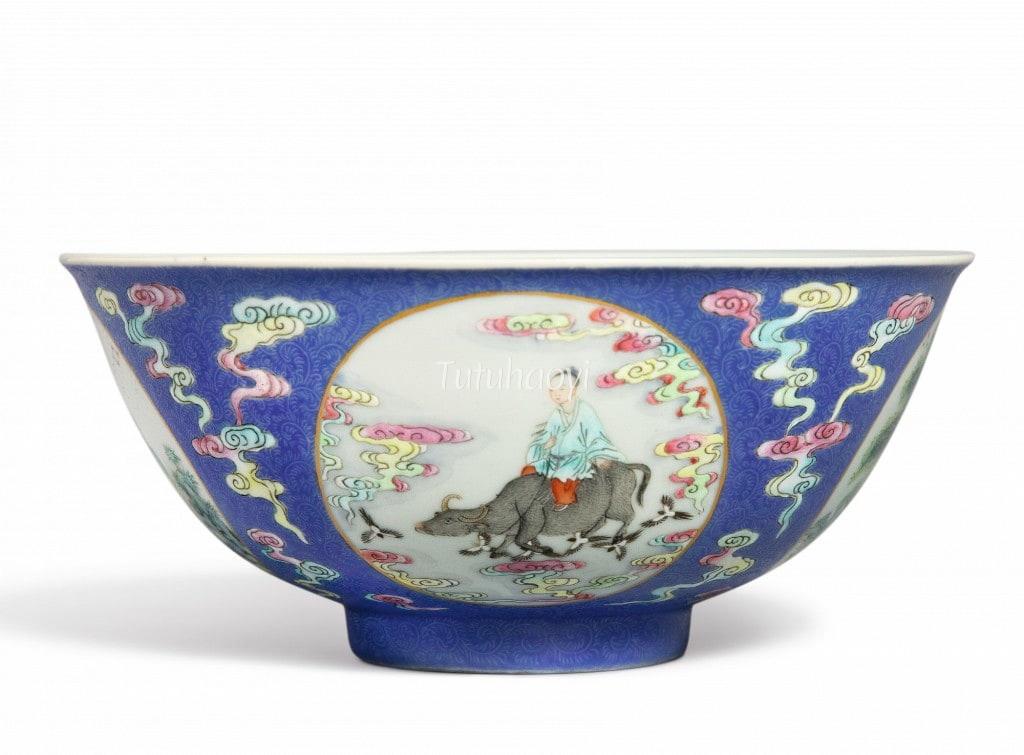
For the convenience of your preparation of gifts for your loved one on the next Chinese Valentine’s Day, here are the dates for the next few years that correspond to this romantic Double Seventh Festival:
Thursday 4 August, 2022
Tuesday 22 August, 2023
Saturday 10 August, 2024
Friday 29 August, 2025
Wednesday 19 August, 2026
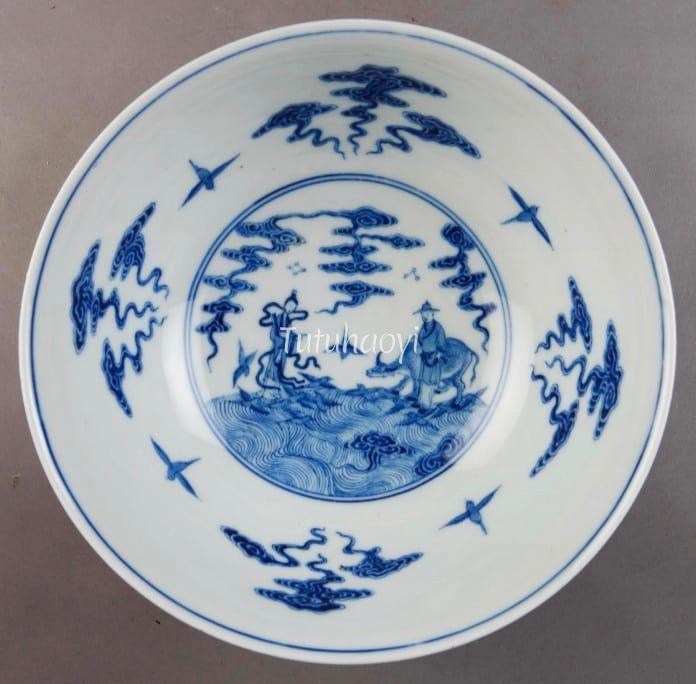
Literature:
倪亦斌:《牛郎织女银河隔 七夕相会胜无数》,《读者欣赏》,兰州:读者出版传媒股份有限公司,2017-11,102-109 页
The findings and opinions in this research article have been written by Dr Yibin Ni.




